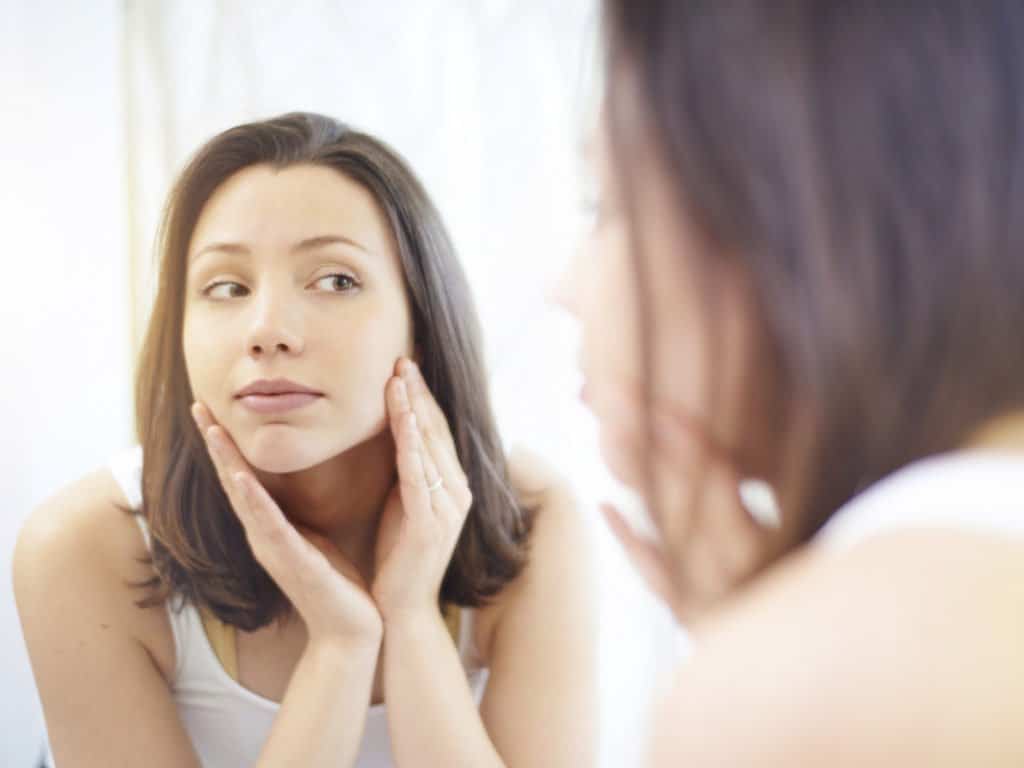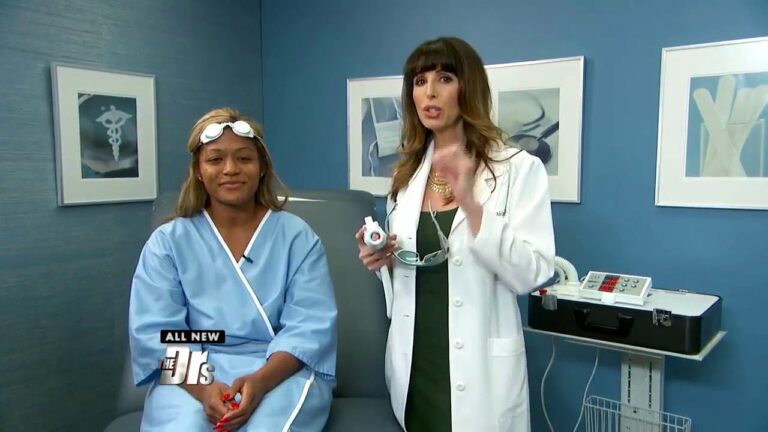Acne is the most common skin disorder in the U.S., yet a cure remains elusive. Current treatments, including topical medications that decrease sebum or kill bacteria; oral medications such as birth control pills, antibiotics, or isotretinoin; and lasers or light-based treatments, can offer temporary relief. But concerns about antibiotic resistance, combined with the serious risks—and associated regulations—of isotretinoin, are driving the development of new alternatives.
“Dermatologists are essentially using 40-year-old therapies to treat acne, but they are increasingly worried about the problem of antibiotic resistance, which the World Health Organization calls ‘one of the biggest threats to global health,’” says G. Scott Herron, MD, PhD, medical director of BioPharmX, developer of BPX-01, a topical minocycline gel formulation for the treatment of acne. Although there have been few advances in recent years, current research into new topical preparations and laser protocols has many hopefuls.
On-The-Horizon Topicals
Topical treatments for acne usually include actives such as benzoyl peroxide to destroy acne-causing bacteria, and retinoids and salicylic acid to unclog pores and regulate skin shedding. Now two new types of topicals in clinical trials—topical minocycline and a nitric oxide-based gel—may offer less-irritating alternatives.
Laurel Morton, MD, of Skincare Physicians in Chestnut Hill, Massachusetts, is hopeful that these new topicals will provide relief for those with less severe acne who can’t tolerate or have failed to respond to traditional topical medications. “The improvement of acne with BPX-01, for example, is significant compared to vehicle, but maybe modest compared to oral therapies,” she says.
BPX-01 from BioPharmX is a hydrophilic minocycline gel. “The delivery system enables the minocycline to be fully solubilized, improving the antibiotic’s bioavailability and minimizing the dose required for efficacious treatment,” says Herron. “It lacks the side effects of an oral formulation of minocycline, such as systemic antibiotic resistance issues, photosensitivity, diarrhea, dizziness and nausea. It also minimizes the side effects of most acne topicals, which often cause skin irritation and flaking.”
A second minocycline topical with a foam formulation is also in trials. “The minocycline foam from Foamix stays where it needs to be and is not systemically absorbed,” says Hilary Baldwin, MD, of the Acne Treatment and Research Center in Morristown, New Jersey. “In general, with a topical minocycline, we’re still worried about antibiotic resistance, but without being systemically absorbed at least it won’t be hitting the gut flora.”
A second on-the-horizon topical is Novan’s nitric oxide-based SB204. “Nitric oxide is a gas that’s produced naturally in our bodies to maintain many important functions, including circulation, immune function, wound healing, and infection prevention,” says Las Vegas-based dermatologist James Del Rosso, DO, a member of Novan’s advisory board. “It decreases the bacteria associated with promoting acne development and modifies pathways that increase inflammation seen in acne. Nitric oxide does not lead to antibiotic resistance, and in studies so far has proven to be safe.”
Dr. Morton agrees that the multiple mechanisms of action are promising features of the Novan product. “It’s not yet approved for use, and studies comparing it to currently utilized treatments are lacking,” she says. “But the advantage of both SB204 and the topical minocycline investigational products is that they seem to carry a limited side effect profile since they are topical preparations.”
The lack of an antibiotic is what interests Dr. Baldwin most about SB204. “It would give us a product that kills bacteria without creating mischief,” she says.
Emil A. Tanghetti, MD, of the Center for Dermatology and Laser Surgery in Sacramento, California, remains skeptical. “Quite frankly, I’ve been disappointed,” he says. “The efficacy data on these products is weak. I don’t think they’re going to be game-changers. We need to focus on the sebaceous glands and their role in acne.”
Targeting The Sebaceous Glands
In an effort to reach—and destroy—the sebaceous glands that give rise to acne, researchers in recent years have focused on lasers and energy-based devices due to their varying depths of penetration and ability to generate damaging heat. Currently, available laser systems are effective in reducing blemishes and cystic acne but offer short-term relief of only a few months. However, combining lasers with microparticles and the discovery of new, sebum-targeting wavelengths may help improve long-term efficacy. “If we’re looking for the Holy Grail in acne treatment, we need to pay attention to the work of R. Rox Anderson, MD, and Fernanda Sakamoto, MD, at Harvard’s Wellman Center for Photomedicine,” says Dr. Tanghetti. “They have identified two wavelengths—1210nm and 1726nm—that are well suited to treat sebaceous glands.”
The researchers have been working on identifying the ideal wavelengths, pulse durations and cooling needs to target and destroy the sebaceous glands since 2008 and are in the process of testing a prototype device. “This advance would give us the best chance of having a device that works,” says Dr. Tanghetti.
In an effort to improve the efficacy of existing laser technologies, two companies have developed metal microparticles that can be heated to destroy the sebaceous glands. Sebacia is currently testing its gold microparticles for acne, and Sienna Biopharmaceuticals is testing its SNA-001 tunable silver microparticle suspension. Topicals containing the microparticles are massaged into the skin and then heated with 755nm, 810nm, or 1,064nm wavelength devices. Results of feasibility studies from researchers including Brian D. Zelickson, MD, and Arielle Kauvar, MD, presented at the American Society for Laser Medicine and Surgery conference over the past several years, have shown significant improvement over the use of laser alone. The most recent study, presented in April 2017, showed a 62.8% reduction in lesions using SNA-001 with an 810nm laser vs. a 45.5% reduction with the 810nm laser alone. But larger scale studies are needed.
“The hardest part with those devices is getting the microparticles into the sebaceous glands. In general, they are placed too superficially and only offer temporary improvement,” says Dr. Tanghetti.
Researchers are working to perfect methods of massage to help more of the microparticles get into the follicles to improve efficacy, and the initial results are promising to many in the field. “If the microparticles prove as effective as initial studies suggest, this seems to be a safe procedure with low risk for adverse effects,” says Dr. Morton. “I encounter many patients who are hoping for a non-medication method of treating acne or who have failed multiple acne treatment regimens. An effective and tolerable laser treatment for acne could be a game changer, especially if the results are long-lasting.”
Combining Current Options
For mild-to-moderate acne patients and those with severe acne who cannot use isotretinoin, combination treatments can provide relief from blemishes and reduce the risk of long-term scarring. Michael Gold, MD, of the Gold Skincare Center in Nashville, who has long been a proponent of laser and light-based therapies for acne, combines them with topicals and, in some cases, oral medications to provide faster clearance. “Medications can take several months to take effect, but energy-based devices work within several days of treatment,” he says. “The Aerolase Neo—a short-pulsed 1,064nm laser—has shown remarkable results in our patients with minimal pain and no downtime. We achieve high efficacy by combining medications and lasers.”
When selecting the best topicals, Dr. Tanghetti prescribes Epiduo Forte (adapalene and benzoyl peroxide) for patients with severe acne and Aczone 7.5% (dapsone) for milder cases. “It does a great job treating milder acne cases and helping adult women with acne—which is a huge market,” he says. Because these topicals are once-daily products, compliance is high. “Ease of use is crucial to patient compliance,” says Dr. Tanghetti. “The easiest protocols are the once-a-day products that are used in the morning and go on well with makeup.”
Due to concerns about resistance, Dr. Tanghetti has become very selective in prescribing antibiotics. “You get resistance with clindamycin very rapidly, so we’re trying to use topicals that are antibiotic-free,” he says. “We prefer once-a-day doxycycline oral medications.” He also avoids long-term oral minocycline use because it can lead to darkening of the skin or teeth.
“Most of the treatment regimens that I prescribe include a topical intervention such as antimicrobials, benzoyl peroxide preparations, and retinoids,” says Dr. Morton. “For more severe or recalcitrant cases, I combine topicals with oral medications, including oral antibiotics and isotretinoin. Birth control pills and spironolactone are helpful for many adult women with acne.”
Dr. Baldwin considers retinoids a mainstay of acne treatment and also prescribes spironolactone for her female patients. “It’s very safe and beneficial for adult women with acne,” she says. For younger patients with more severe acne, “isotretinoin is the best treatment, but not everybody can be on it,” says Dr. Baldwin. “When I do use topicals or oral antibiotics, it’s always along with benzoyl peroxide—not only as a treatment but also as, hopefully, a preventative for the development of antibiotic resistance.”
Although combination treatments can have a significant effect on acne, the development of less-irritating topicals and more targeted energy-based devices that offer long-term clearance would have a profound effect on acne care. “If we can have a laser or a drug that really inhibits sebaceous glands and changes their secretions, I think that’s going to be our best chance of having a permanent fix for acne that’s based upon pathophysiology,” says Dr. Tanghetti.
Shelley Moench-Kelly, MBA, is a freelance writer and editor based in Newport, VT.



